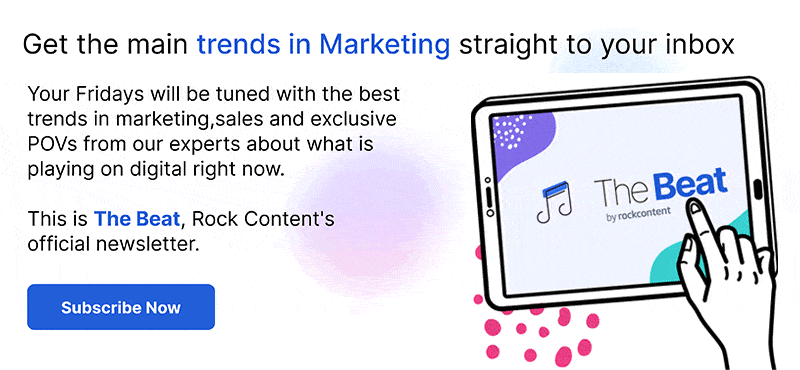In an ever more privacy-first world, Google’s looking to make it easier for website owners to manage their privacy permissions and data collection with some new updates to its Consent Mode.
Google launched the Consent Mode in September 2020 as a way for the search engine to maintain its robust digital advertising business while attending to the growing need for consumer privacy.
And now, with an even greater demand for user data privacy, the search giant has released some updates to the tool — let’s take a look at them and understand how they impact our campaigns.

Want a cookie or two?
Do you know when you visit a website and they ask you to accept their cookies? That’s a Cookie banner.
Pop-up cookie disclosures are small notice boards that appear the first time you visit a website. A cookie notice warns visitors that your website uses cookies. Also, it gives visitors the option to either give consent or decline them, maintaining compliance with GDPR, CCPA and other consumer privacy regulations worldwide.
Google Consent Mode will receive visitors’ consent choices, and dynamically adjusts the behavior of Analytics, Ads, and third-party tags that create or read cookies.
Google Consent Mode provides a way for websites to run the same Google services they are used to using, but the data collected is based on website visitor consent.
No cookies? Less effective ads
Cookie consent banners give people greater control over how their data is used for advertising or analytics. People have a clear choice and can agree or disagree with sharing their data. And guess what people prefer?
The US stands out as the country with consumers most unlikely to accept all cookies when asked for consent. According to YouGov’s global consumer study, just a third of US consumers agree they accept all cookies, while 42% disagree.
The most significant consequence of a cookieless world falls into the advertising industry. Without cookies to track consumer behavior across websites and show the best ad, advertising campaign click and conversion rates drop.
Advertisers may have difficulty understanding campaign effectiveness and how to allocate and optimize their budgets without conversion data from cookies.
To help marketers better understand Consent Mode’s impact on their campaigns, Google built new support and troubleshooting features into Google Ads.
What’s new: insights about Consent Mode’s impact on your Google Ads campaigns
The new Conversion diagnostics will help you understand your website’s Consent Mode implementation and its impact on your conversion rates.
As defined by Google:
“In coming months, you’ll be able to view troubleshooting alerts in your diagnostics tabs and see domain-level insights about your tagging and consent rate. You’ll also be able to download a list of URLs and access Google Tag Assistant’s consent debugging tools to help you fix issues with your setup.”
With this new feature, Google is trying to adapt to the cookieless world and bring more data for marketers to understand ad campaigns’ effectiveness with or without their cookies.
It’s wise to bring transparency and more data to the table, bringing credibility to their ads as a Marketing channel.
The best marketers I know are building media companies instead of the usual Marketing teams that will rely on paid media as one of their main channels. The best recipe for success is declaring independence from third-party cookies and creating your own channels.
Do you want to continue to be updated with Marketing best practices? I strongly suggest that you subscribe to The Beat, Rock Content’s interactive newsletter. There, you’ll find all the trends that matter in the Digital Marketing landscape. See you there!







